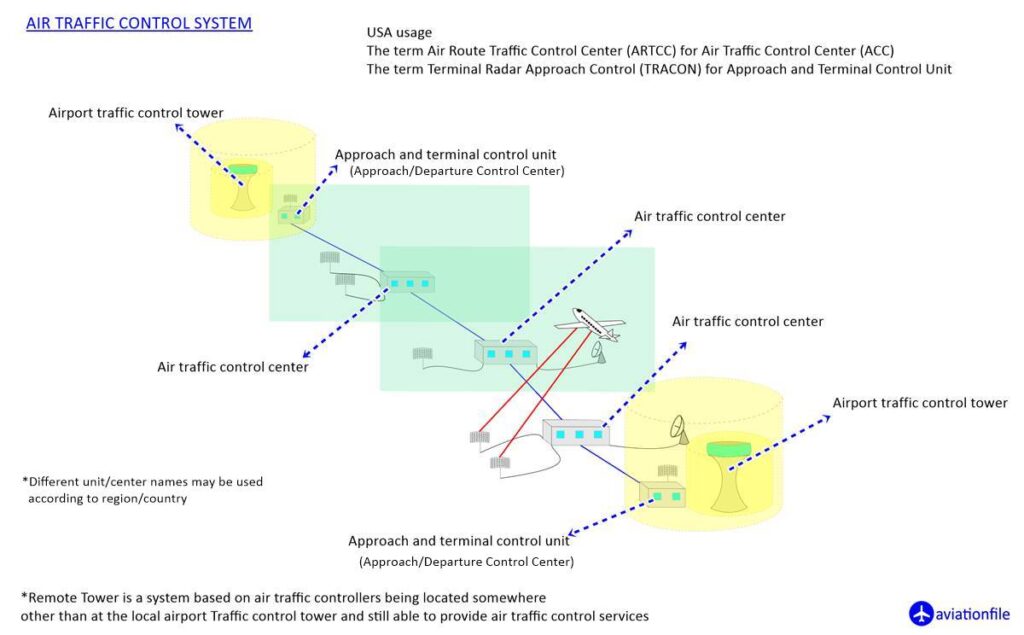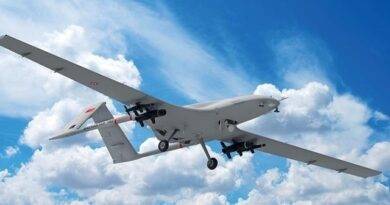Importance of Historical Data in Air Traffic Management
Air Traffic Management (ATM) is a complex and critical system that ensures safe and efficient air travel. To achieve this, air traffic controllers need access to a wide range of information, including historical data. Historical data is important because it provides valuable insights into how the airspace is being used and can be used to improve safety, efficiency, and capacity. In this article, we’ll explore the importance of using historical data in air traffic management.
Understanding Historical Data
Historical data refers to information that has been collected and stored over time. In air traffic management, this data can include everything from flight schedules to weather conditions to aircraft performance data. The data is collected from various sources, such as radars, flight plans, and aircraft sensors, and is stored in databases for future analysis.
Why Historical Data is Important in ATM
Safety
Safety is the top priority in air traffic management, and historical data plays a crucial role in ensuring it. By analyzing historical data, air traffic controllers can identify potential safety hazards and take proactive measures to mitigate them. For example, they can analyze data on near misses and runway incursions to identify patterns and develop strategies to prevent them from happening again.
Efficiency
Efficiency is another key factor in air traffic management, and historical data is essential to achieving it. By analyzing historical data on airspace utilization, air traffic controllers can identify areas where congestion is likely to occur and take steps to reduce it. They can also use historical data to optimize flight routes, reduce fuel consumption, and minimize delays.

Capacity
Historical data is also important for managing capacity in the airspace. By analyzing data on traffic patterns, air traffic controllers can identify peak travel times and adjust their operations accordingly. They can also use historical data to plan for future capacity needs, such as adding new runways or implementing new airspace procedures.
Planning
Historical data is also crucial for planning in air traffic management. By analyzing data on flight schedules, airport operations, and weather patterns, air traffic controllers can develop more accurate and efficient plans for managing the airspace. This helps to ensure that flights arrive and depart on time, and that the airspace is used in the most efficient way possible.
Challenges with Using Historical Data
While historical data is an essential tool in air traffic management, there are some challenges associated with using it. One of the biggest challenges is the sheer volume of data that is collected. Air traffic controllers need to be able to quickly and accurately analyze vast amounts of data to make informed decisions in real-time. This requires sophisticated data analysis tools and skilled personnel.
Another challenge is ensuring the quality of the data. Air traffic management systems collect data from a variety of sources, and the data may not always be accurate or up-to-date. This can lead to errors in analysis and decision-making if the data is not properly validated.
Conclusion
In conclusion, historical data is essential in air traffic management. It provides valuable insights into how the airspace is being used and can be used to improve safety, efficiency, and capacity. While there are some challenges associated with using historical data, the benefits far outweigh the risks. By using historical data effectively, air traffic controllers can ensure safe and efficient air travel for all.
References:
- Federal Aviation Administration. (2019). Air Traffic Organization Safety Management System Manual.
- International Civil Aviation Organization. (2013). Manual on Air Traffic Forecasting.
- Eurocontrol. (2017). Air Traffic Management Handbook: Airspace Management.
- National Aeronautics and Space Administration. (2017). Big Data Analytics in Air Traffic Management.
- Federal Aviation Administration. (2020). Air Traffic By The Numbers.
- International Air Transport Association. (2019). Global Passenger Traffic Results for 2018.
- Boeing. (2018). Aviation Data and Analytics.


